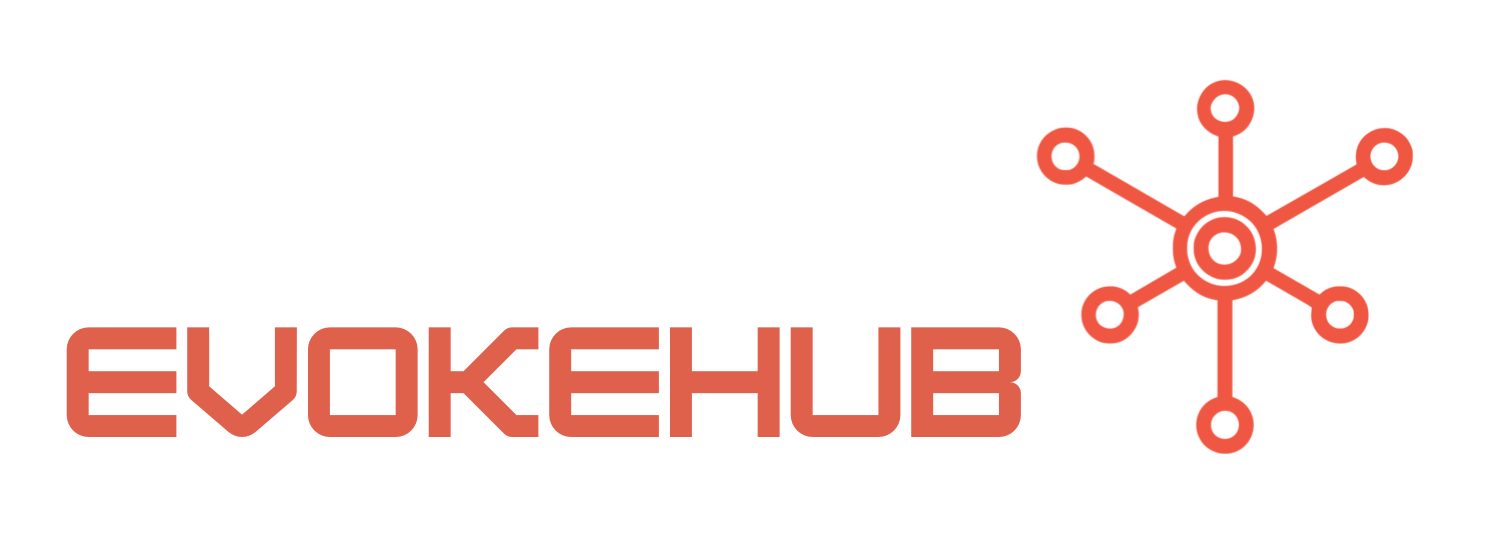Strengthening .NET Model Integrity through FluentValidation
FluentValidation is a powerful .NET library designed for building strongly-typed validation rules in a clean and expressive manner. By using this library, developers can encapsulate validation logic directly within their model classes, ensuring that all validation rules are easily accessible and maintainable. This integration leads to improved code clarity and a higher degree of assurance that data adheres to predefined constraints before it is processed. The ability to define complex validation scenarios, such as conditional validation based on other property values, further strengthens model integrity and reduces the likelihood of bugs cascading through the application.
In addition to customizable validation rules, FluentValidation supports a variety of built-in validators, including string length checks, email format validations, and range checks. These built-in validators allow developers to enforce common validation scenarios without reinventing the wheel. Moreover, FluentValidation’s extensibility means that developers can create custom validators tailored to specific business requirements. This flexibility ensures that model integrity is not only maintained but also tailored to the unique needs of the application, allowing for more nuanced data handling.
Furthermore, FluentValidation integrates seamlessly with ASP.NET Core, making it an ideal choice for web applications. Using middleware, developers can automatically validate models during the request pipeline, ensuring that invalid data never reaches the core application logic. This automatic validation helps catch errors early in the process, preventing unnecessary complexity in the business layer and ultimately leading to more robust applications. For more information on integrating FluentValidation with ASP.NET Core, visit the official documentation.
Best Practices for Implementing FluentValidation Effectively
To maximize the benefits of FluentValidation, it is essential to adhere to best practices during implementation. One critical approach is to keep validation rules concise and focused. Each validator should ideally handle one specific aspect of validation, promoting reusability and maintainability. This strategy allows developers to combine simple validators into more complex validation scenarios without losing clarity. It also enables easier testing of validation rules, as each rule can be evaluated independently, ensuring that all use cases are covered.
Another best practice is to leverage dependency injection for managing validators. By utilizing ASP.NET Core’s built-in dependency injection framework, developers can easily manage the lifecycle of validation rules and inject them wherever needed. This practice helps maintain a clean architecture and ensures that validation logic is consistently applied across different components of the application. Additionally, separating validators into distinct classes or folders aligned with their corresponding models promotes organization and makes it easier for teams to navigate the codebase.
Lastly, it is crucial to provide clear and actionable feedback to users when validation fails. FluentValidation allows developers to customize error messages, enabling them to convey precisely what went wrong during validation. This user-centric approach not only enhances the user experience but also reinforces model integrity by guiding users to provide valid input. Furthermore, implementing client-side validation using FluentValidation in conjunction with JavaScript libraries can improve performance by providing instant feedback, reducing server load, and enhancing overall application responsiveness. For more insights on effective validation strategies, the FluentValidation community provides a wealth of resources and examples.
In conclusion, enhancing .NET model integrity through FluentValidation is not just about implementing validation rules but also about fostering a culture of quality and precision in software development. By leveraging the expressive power of FluentValidation, developers can create robust validation frameworks that are both flexible and maintainable. Adopting best practices such as keeping validators focused, utilizing dependency injection, and providing user-friendly feedback can significantly improve the overall health of applications. As online applications continue to evolve and grow in complexity, the importance of strong validation practices will only increase, making FluentValidation an indispensable tool for .NET developers.




